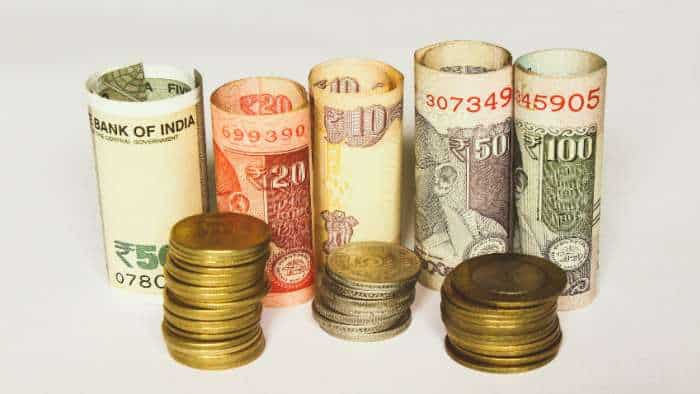Unemployment in India to increase marginally in 2017-18

Unemployment in India is projected to witness marginal increase between 2017 and 2018, signalling stagnation in job creation in the country, according to a UN labour report.
The United Nations International Labour Organisation (ILO) released its 2017 World Employment and Social Outlook report yesterday, which finds economic growth trends lagging behind employment needs and predicts both rising unemployment and worsening social inequality throughout 2017.
Job creation in India is not expected to pick up pace in 2017 and 2018 as unemployment rises slightly, representing a near stagnation in percentage terms.
"Unemployment in India is projected to increase from 17.7 million last year to 17.8 million in 2017 and 18 million next year. In percentage terms, unemployment rate will remain at 3.4 % in 2017-18," the report added.
India had performed slightly well in terms of job creation in 2016, when a "majority" of the 13.4 million new employment created in Southern Asia happened in the country.
The report also acknowledged that India's 7.6 % growth in 2016 helped Southern Asia achieve 6.8 % growth that year.
"Manufacturing growth has underpinned India's recent economic performance, which may help buffer demand for the region's commodity exporters," it added.
The report added that global unemployment levels and rates are expected to remain high in the short term, as the global labour force continues to grow. In particular, the global unemployment rate is expected to rise modestly in 2017, to 5.8 % (from 5.7 % in 2016) representing 3.4 million more unemployed people globally (bringing total unemployment to just over 201 million in 2017).
"We are facing the twin challenge of repairing the damage caused by the global economic and social crisis and creating quality jobs for the tens of millions of new labour market entrants every year," said ILO Director-General Guy Ryder.
The increase in unemployment levels and rates in 2017 will be driven by deteriorating labour market conditions in emerging countries - as the impacts of several deep recessions in 2016 continue to affect labour markets in 2017.
The number of unemployed people in emerging countries is expected to increase by approximately 3.6 million between 2016 and 2017 (during which time the unemployment rate in emerging countries is expected to climb to 5.7 %, compared with 5.6 % in 2016), it said.
"Almost one in two workers in emerging countries are in vulnerable forms of employment, rising to more than four in five workers in developing countries," said Steven Tobin, ILO Senior Economist and lead author of the report.
That statistic is even worse for emerging countries. Those living in Southern Asia and sub-Saharan Africa are facing the greatest risk.
In contrast, unemployment is expected to fall in 2017 in developed countries (by 670,000), bringing the rate down to 6.2 % from 6.3 % in 2016.
Get Latest Business News, Stock Market Updates and Videos; Check your tax outgo through Income Tax Calculator and save money through our Personal Finance coverage. Check Business Breaking News Live on Zee Business Twitter and Facebook. Subscribe on YouTube.
RECOMMENDED STORIES

Top 7 Flexi Cap Mutual Funds With up to 52% SIP Return in 1 Year: Rs 20,000 monthly SIP investment in No. 1 fund has generated Rs 3.02 lakh; know about others too

Rs 55 lakh Home Loan vs Rs 55 lakh SIP investment: Which can be faster route to arrange money for Rs 61 lakh home? Know here
11:22 AM IST










 Malaysia's unemployment rate falls to 3.4% in 2023
Malaysia's unemployment rate falls to 3.4% in 2023 Unemployment rate dips to 3.1% in 2023
Unemployment rate dips to 3.1% in 2023 Unemployment rate dips to 6.6% in September quarter: Govt Survey
Unemployment rate dips to 6.6% in September quarter: Govt Survey  International Unemployment Day 2023: Date, history and significance
International Unemployment Day 2023: Date, history and significance Neither scientific nor under global norms: Govt rebuts survey-based news on high unemployment
Neither scientific nor under global norms: Govt rebuts survey-based news on high unemployment